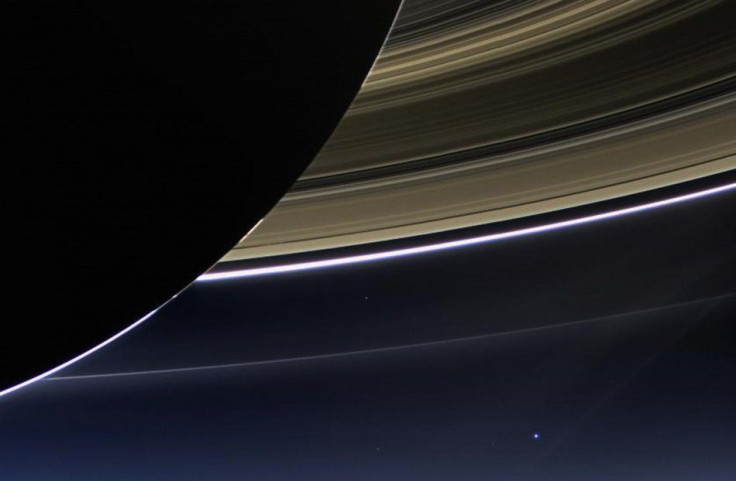First Ringed Planet After Saturn Found In A Faraway Super World

The world's first ringed planet after Saturn has been found by astronomers in a faraway super world. The planet, called J1407b, has a girdle of 30-odd halos which is 200 times bigger than that of Saturn's, reported news.com.au.
Matthew Kenworthy, an assistant professor in the Department of Science at Leiden Observatory and co-researcher of the study in The Netherlands, said on Wednesday that the planet is huge. He added that the rings and gaps in the rings could be easily seen from the Earth. He added that it would be many times the size of the full Moon.
The rings of the planet began at about 30 million kilometres and stretched for about 90 million kilometres. The planet is very hot to support the rings and are probably made of dust.
Experts estimate that Sun and Earth are about 4.5 billion years old. In comparison, it seemed like J1407 was an infant in stellar age as it is only about 16 million years old.
The discoverers, Kenworthy and Eric Mamajec, an associate professor in the Department of Physics and Astronomy at the University of Rochester, New York, said that the planet had a disk of many rings which are very vast and that if it would have been around Saturn, then it would dominate the night skies of the Earth. The pair went through a database of the stars which were photographed with the help of telescopes around the world in a search project called SuperWASP.
SuperWASP is an exo-planet detection programme by the UK. The project is funded by Warwick and Keele universities, and it includes the following universities: Cambridge University, the Instituto de Astrofisica de Canarias, the Isaac Newton Group of Telescopes, Keele University, Leicester University, the Open University, Queen's University Belfast and St Andrews University. Exoplanets were observed through changes in the brightness of the central star.
Kenworthy said that the planet is anywhere between 10 to 40 times the mass of Jupiter, considered the biggest planet in the solar system. The find provides direct evidence of theories regarding planetary ring formation.
To report problems or to leave feedback about this article, e-mail: afza.kandrikar@gmail.com.





















